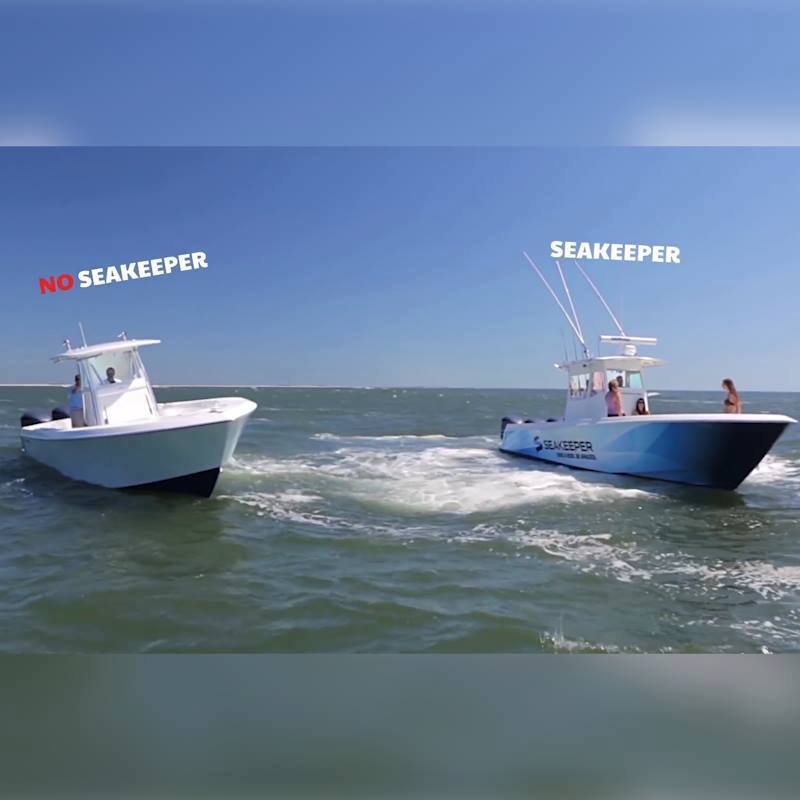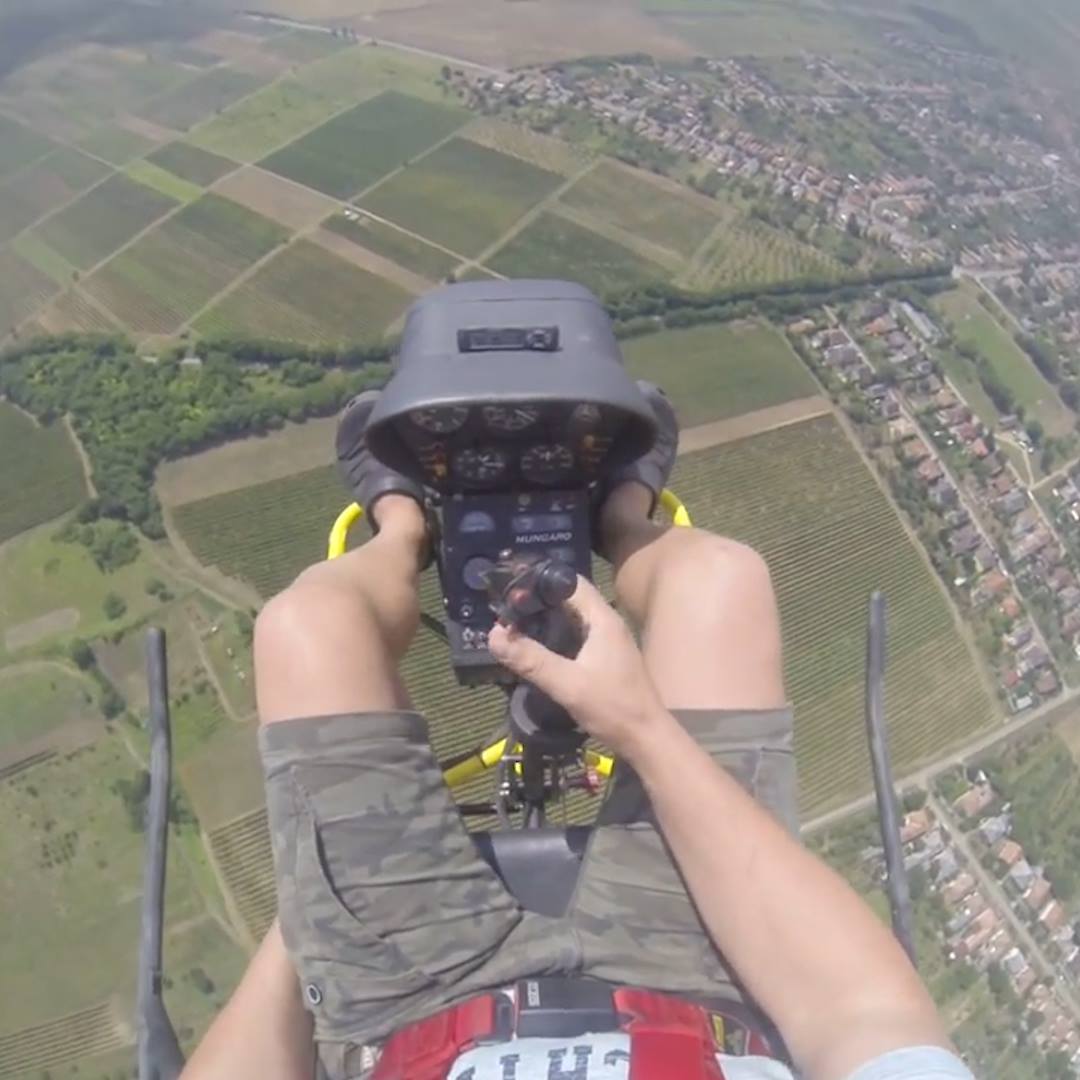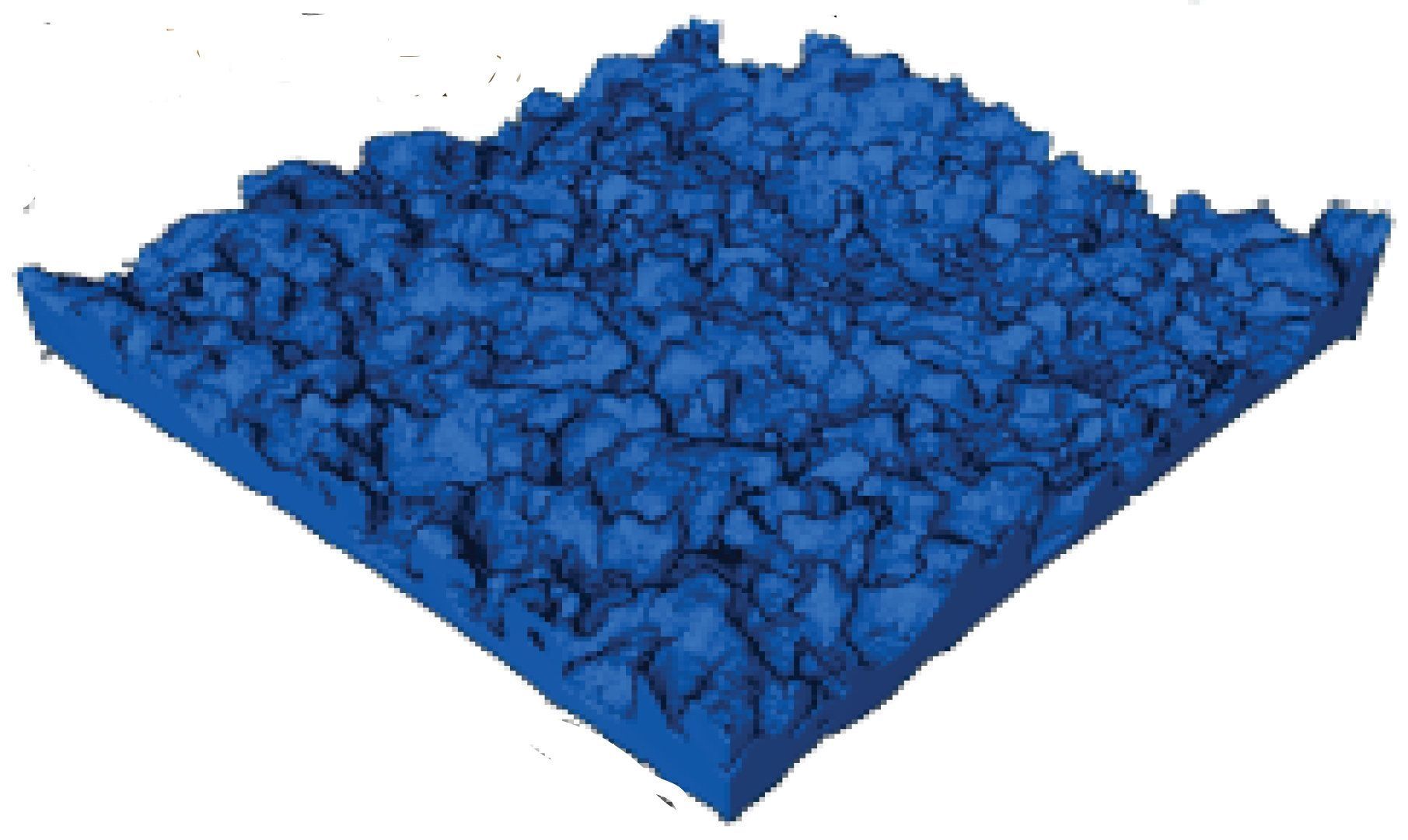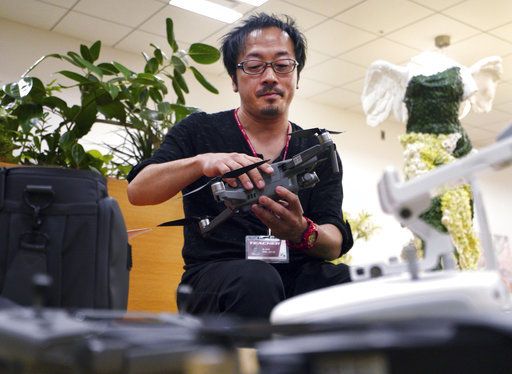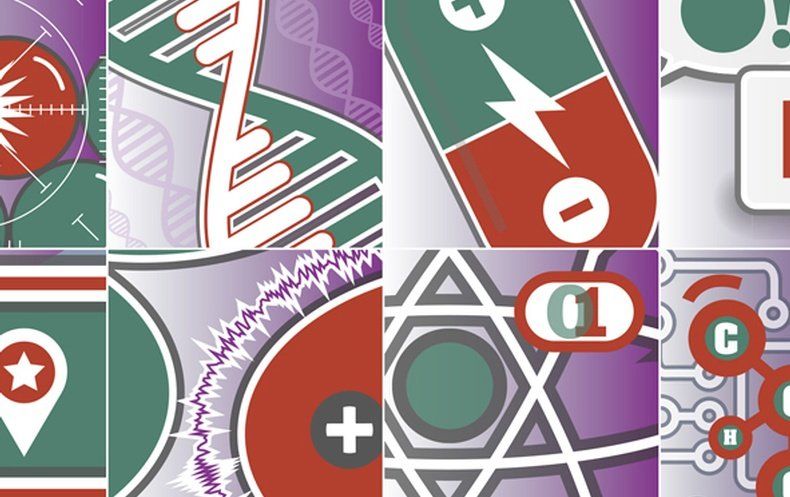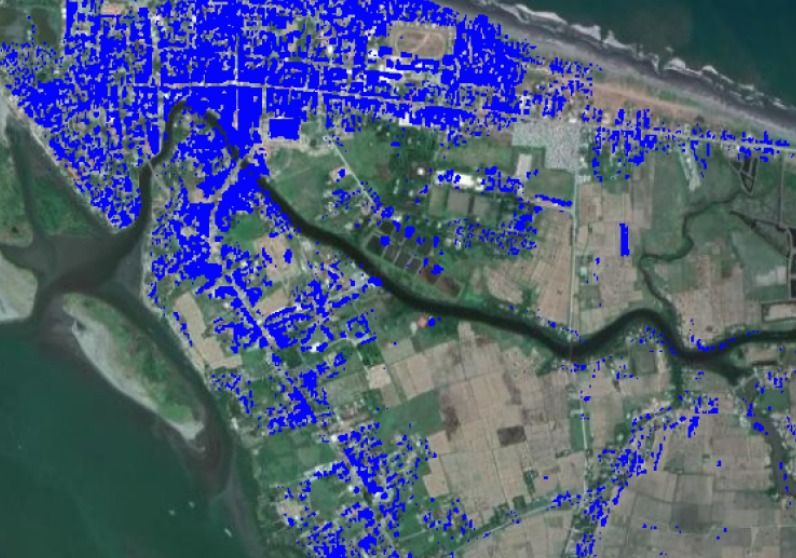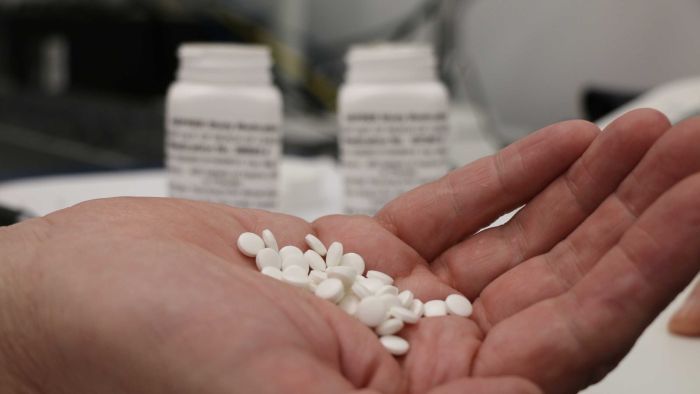Page 9864
Sep 18, 2018
Open-air helicopter is the ultimate joyride
Posted by Shailesh Prasad in category: transportation
Sep 18, 2018
3D electron microscopy uncovers the complex guts of desalination membranes
Posted by Bill Kemp in categories: engineering, sustainability
Careful sample preparation, electron tomography and quantitative analysis of 3D models provides unique insights into the inner structure of reverse osmosis membranes widely used for salt water desalination wastewater recycling and home use, according to a team of chemical engineers.
These reverse osmosis membranes are layers of material with an active aromatic polyamide layer that allows water molecules through, but screens out 99 to 99.9 percent of the salt.
“As water stresses continue to grow, better membrane filtration materials are needed to enhance water recovery, prevent fouling, and extend filtration module lifetimes while maintaining reasonable costs to ensure accessibility throughout the world,” said Enrique Gomez, professor of chemical engineering, Penn State. “Knowing what the material looks like on the inside, and understanding how this microstructure affects water transport properties, is crucial to designing next-generation membranes with longer operational lifetimes that can function under a diverse set of conditions.”
Continue reading “3D electron microscopy uncovers the complex guts of desalination membranes” »
Sep 18, 2018
Japan eager to be on board vertical-takeoff ‘flying cars’
Posted by Bill Kemp in categories: drones, environmental, government, mobile phones
Electric drones booked through smartphones pick people up from office rooftops, shortening travel time by hours, reducing the need for parking and clearing smog from the air.
This vision of the future is driving the Japanese government’s “flying car” project. Major carrier All Nippon Airways, electronics company NEC Corp. and more than a dozen other companies and academic experts hope to have a road map for the plan ready by the year’s end.
“This is such a totally new sector Japan has a good chance for not falling behind,” said Fumiaki Ebihara, the government official in charge of the project.
Continue reading “Japan eager to be on board vertical-takeoff ‘flying cars’” »
Sep 18, 2018
Giving environmental water to drought-stricken farmers sounds straightforward, but it’s a bad idea
Posted by Bill Kemp in categories: government, law
The east coast is currently flooded. Why don’t we have pipelines for pumping water around the country where it is needed? We do it for oil and gas, and you know if it leaks it would not be a toxic mess.
Deputy Prime Minister Michael McCormack last week suggested the government would look at changing the law to allow water to be taken from the environment and given to farmers struggling with the drought.
This is a bad idea for several reasons. First, the environment needs water in dry years as well as wet ones. Second, unilaterally intervening in the way water is distributed between users undermines the water market, which is now worth billions of dollars. And, third, in dry years the environment gets a smaller allocation too, so there simply isn’t enough water to make this worthwhile.
Sep 18, 2018
Designing smarter cities using computer game thinking
Posted by Bill Kemp in categories: computing, transportation
Dr. Willem-Jan Renger, head of the Innovation Studio at HKU University of the Arts Utrecht, is driving citizen engagement in smart city planning using methods generally seen in computer game creation, as part of an international consortium of cities, IRIS.
Why do we need to engage citizens in urban planning?
The most important thing to know [when planning a city] is what do citizens want… What do they need? If we start talking to people, they bring key concerns that they have on their level to the table. One such concern in Utrecht was there’s some street racing going on and some nasty incidents. When we were dealing with issues that the citizens had put forward, traffic safety was something we considered combining with smart street lighting solutions by creating some clever combinations to help pedestrians to cross the street, for example, or give cars feedback on the basis of their driving.
Disruptive solutions that are poised to change the world — a special report produced by Scientific American in collaboration with the World Economic Forum.
Scientific American is the essential guide to the most awe-inspiring advances in science and technology, explaining how they change our understanding of the world and shape our lives.
Sep 17, 2018
Here’s a snapshot of AI-predicted built-up…
Posted by Michael Lance in category: robotics/AI
Here’s a snapshot of AI-predicted built-up areas in Aparri from Planet satellite images. This image was processed by the DATOS Project team before the onslaught of Typhoon #OmpongPH. Images will also be processed after the typhoon to detect changes in urban areas, such as destroyed buildings and changes in landscape.
Sep 17, 2018
Millions of older people taking aspirin may be doing so unnecessarily, study finds
Posted by Nicholi Avery in category: futurism
Some older people take aspirin every day to prevent a heart attack or stroke. But a landmark Australian study has found they may be wasting their time.
